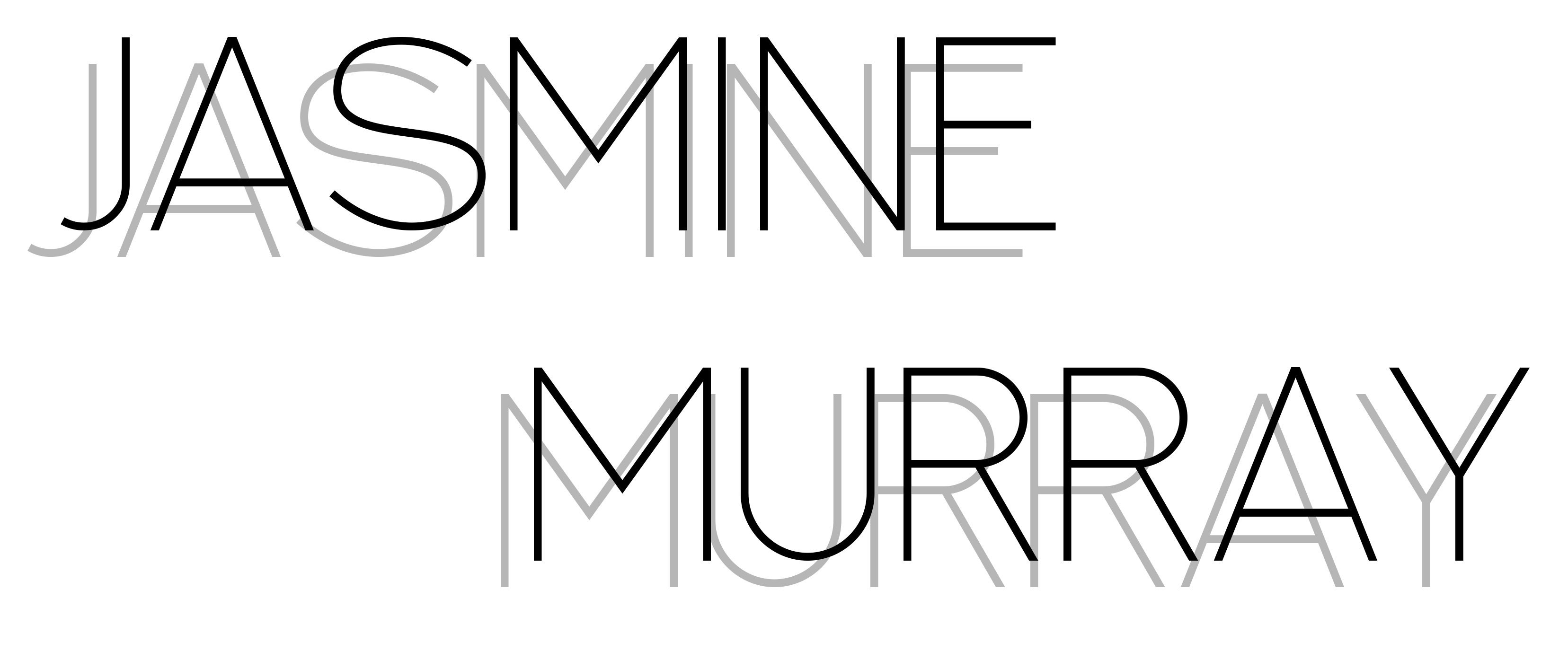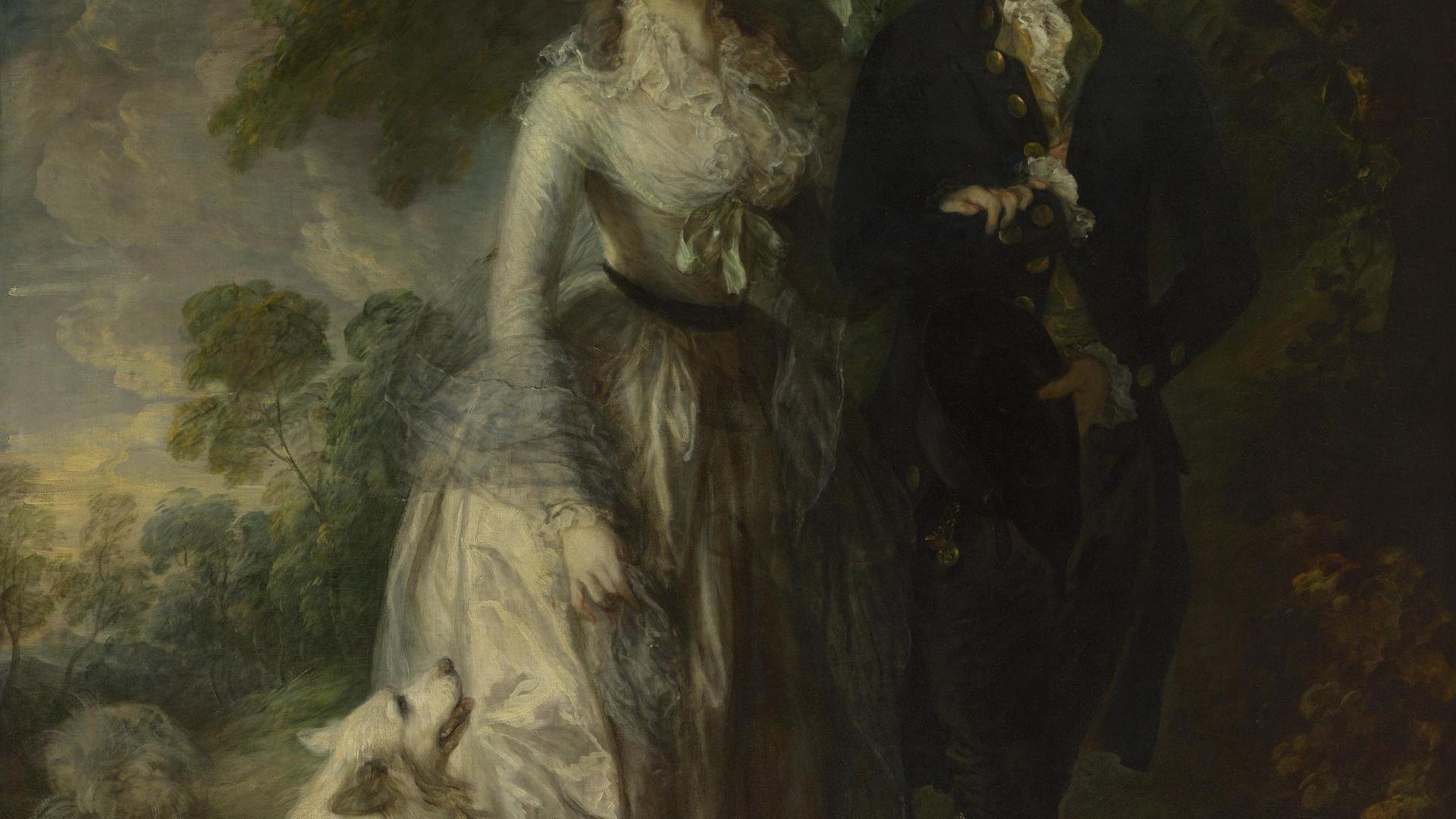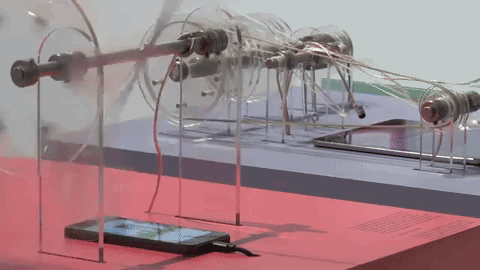I can’t quite believe it’s been nearly 6 months since my last post. A few months after my online residency with Transient, I did an artist talk with Pipeline Gallery’s Holly Richards, which is available to watch back on their website, alongside other fantastic artist talks. Some point next month (April 2022), one of my images from the series Transhumane: The Immortality of Self (2019) is set to be exhibited in Festival Pil’Ours, France, in an exhibition curated by Shutterhub called Your Body Belongs to You.

Last month I caught two virtual events, one organised by Natasha Caruana’s Work Show Grow Artist Talk Salon 9 which featured artists Anna-Tia Buss and Vera Hadzhiyska. The other was organised by Hundred Heroines in collaboration with Exposure 2022 an online talk called Women in STEAM which featured Falmouth Flexible’s Wendy McMurdo and Mónica Alcázar-Duarte. Both talks were incredibly interesting and informative, though Mónica Alcázar-Duarte’s practice in particular resonated with me, as it overlapped with my own research made during the MA on digital biases.
Anna-Tia Buss

Buss’ series I Never Realised draws on the question of beauty ideals in society and the impact such ideals have on our identity and the broader notion of what it means to be a woman in the eyes of society and the lasting trauma such narrow ideal boundaries can cause to those subjected to it. Her work reminds me of the following passage from Perfect Me: Beauty as an Ethical Ideal which states: “In an era of technological intervention, shame attaches more to the body than its clothing; shame of wrinkles, shame of bumpy noses, and shame of sagging jowls, shame, in general of the imperfect and nonconforming body.” (Widdows, H. 2018; 33), albeit a visual rendition and representation. Her pairing of traditional studio portraiture with the more personal and intimate collaborative Polaroid print of her subject’s body and written testament of the area of the body they, the sitter, deems to be their ultimate flaw provokes the viewer of the work to reflect and think of just how restrictive humanity is on what beauty is. Whilst these narrow boundaries have always existed since time immemorial, I would argue that the rise of Web 2.0 – particularly social media has accelerated a global ideal as mentioned by Widdows in her book, but also brought about the notion of the unrealistic and artificial beauty only made possible through the lens of body modification apps and extreme cosmetic procedures.
Vera Hadzhiyska

Hadzhiyska’s practice is quite far removed from my own, however With the Name of a Flower (2017-2019) gave me a lot to think about on the notions of identity and belonging. Her series investigates and tackles a topic I was unfamiliar with – the forced name changes of those from the Bulgarian Muslim population during the era dubbed the ‘Revival Process’ between 1912-1989. Whilst I knew Bulgaria was at one point part of the Ottoman Empire, I had never really given thought to how this historical fact meant Bulgaria was and I suppose still is, a decidedly diverse culturally rich country. The story behind the images really tugged on my heartstrings and really made me reflect on just how much of your identity can be linked to a name, and how under an unjust society lack of freedom is ultimately a form of censorship.
Dr Wendy McMurdo
“All art is produced as a mirror to the technology of its time.”
McMurdo, W. (2011)
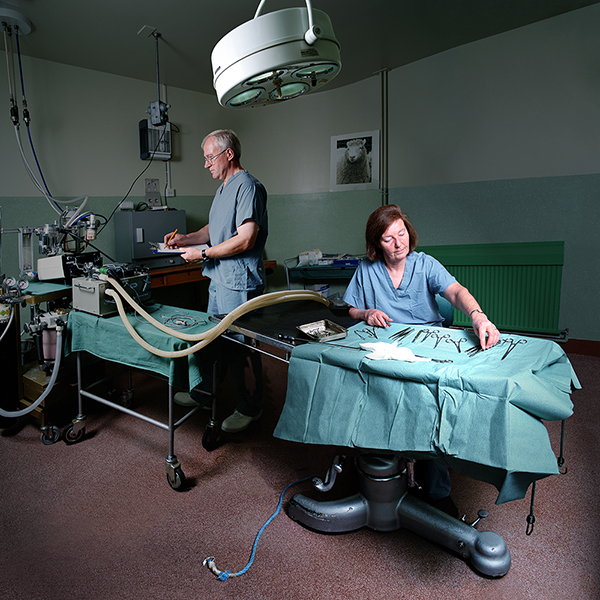
Despite being aware of Dr Wendy McMurdo’s work prior to the talk host by Hundred Heroines (in part because she was module leader of the Final Major Project module of my MA in Photography.) I wasn’t familiar with the fact she had documented the scientists who worked on the Dolly the Sheep project (Figure 5). Hearing McMurdo’s thoughts on photography was insightful and resonated with my own views on the future of photography, in that I see photography as a medium that now entwines with other art and tech practices to the point of indistinguishability of where photography itself begins or ends within an image. For example thinking on my own practice is the use of cinemagraphs truly photography or is it instead moving image, or is it both an uncanny hybrid between the moving and the still? McMurdo’s own practice depicts the rapid evolution of technology available to society and its impact on those growing up during these times.
Mónica Alcázar-Duarte
“How is the delegation of algorithmic filters capable of extracting the majority opinion, thus automatically becoming truth?”
Alcázar-Duarte, M. (2021)
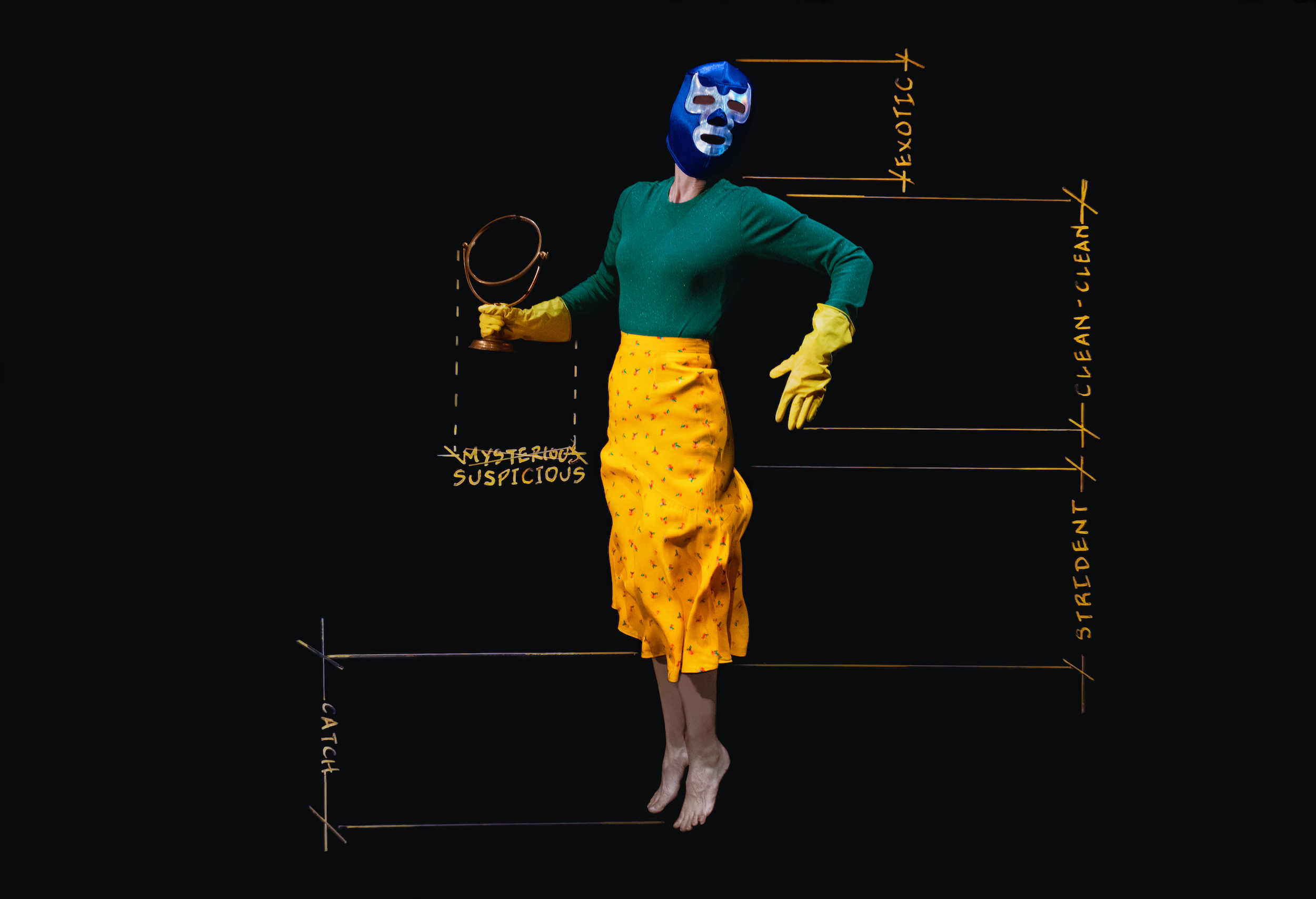
Mónica Alcázar-Duarte’s practice, but particularly her series Second Nature revolves around the inherent pre-existing biases being fed into machine learning algorithms that further pre-existing discrimination and negative stereotypes faced by those who have historically been oppressed. Second Nature explicitly draws on Alcázar-Duarte’s own Mexican heritage and are an fusion of algorithmic search results on the Internet and testaments from women of the discrimination they face, which she collected during her travels in Mexico. During the talk Alcázar-Duarte showed some of her work in progress which I found very insightful, as she appears to have reached the same conclusion as I had during the duration of my MA – that GAN technology works on what is fed into the input and given most current GAN libraries rely on search engine results the outcome is inevitably biased, and tends to dehumanise women into the epitome of the male gaze (if going by deep-fake and deep-nude technology and what AI did when given a cropped photo of AOC).
Learning Python, Understanding AI & Machine Learning
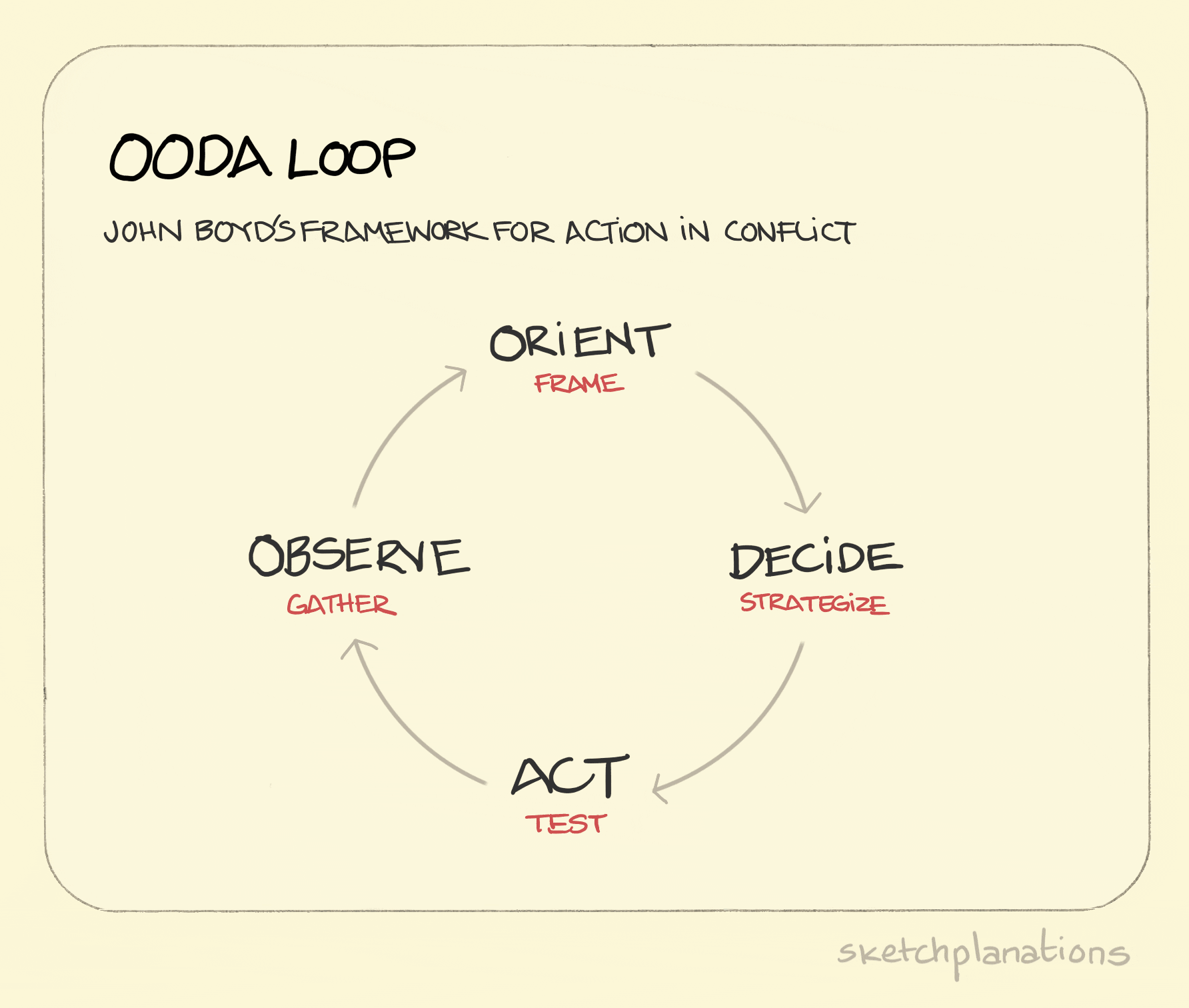
During my MA I didn’t have time to explore in-depth how GAN worked in regards to coding, so since graduation I’ve been researching and learning Python and the fundamentals to AI and Machine Learning. Recently I attended a Code First Girls MOOC: An Introduction to Python which made me realise I had indirectly learnt a lot of the basics when experimenting in Ren’py last year (like knowing when to indent, when to print, and how to add a comment within the code). I did learn some helpful tips attending however in regards to formatted strings: instead of writing .format you can just use the letter f instead. This week I attended a tech talk hosted by Dr Joni Pelham at the Friendly Nettle Café on AI, which gave a fundamental overview of the various types of Machine Learning and that ultimately AI is not just Machine Learning, but all of Machine Learning is Artificial Intelligence. Whilst Boyd’s OODA loop was originally created as a military strategy, his theory works as a general predications loop and is a fundamental basis to all coding and programming, something which has been sped up and automated by the development of Machine Learning. However as I found during my MA, AI can only be as reliable as the data it is fed or has access to and in the case of GAN a lot could be improved as it is a method of supervised machine learning. Towards the end of my MA, I did find when researching that you could use Google Colab for some python applications but wasn’t sure whether it would be powerful enough to host any kind of GAN so was pleasantly surprised to find out it should work for a simplistic GAN.
References
Figures
Figure 1 Pipeline Gallery’s Instagram (2021) Artist Talk: Jasmine Murray. [Online] Available from: https://www.instagram.com/p/CXIkTwEopXJ/ [Accessed 10/03/2022]
Figure 2 Pipeline Gallery (2022) Listening to; Jasmine Murray. [Online] Available from: https://www.pipelinegallery.org/post/listening-to-jasmine-murray [Accessed 10/03/2022]
Figure 3 Buss, A. (2018-) I Never Realized exhibition. [Online] Available from: https://www.flare-photoforum.com/post/183608095060/prix-photoforum-2018-part-2 [Accessed 10/03/2022]
Figure 4 Hadzhiyska, V. (2017-2019) With the Name of a Flower. [Online] Available from: https://museemagazine.com/culture/2021/1/18/photo-journal-monday-vera-hadzhiyska [Accessed 10/03/2022]
Figure 5 McMurdo, W. (2002) Anaesthetist John Bracken and Surgeon Marjorie Ritchie at The Roslin Institute. [Online] Available from: https://hundredheroines.org/brief-news/wendy-mcmurdo-ig-take-over/ [Accessed 10/03/2022]
Figure 6 Alcázar-Duarte, M. (2017-2020) Here to be caught (from the series Second Nature). [Online] Available from: https://www.1854.photography/2021/05/monica-alcazar-duarte/ [Accessed 10/03/2022]
Figure 7 Sketchplanations (2013-) Gif diagram of Boyd’s OODA Loop. [Online] Available from: https://sketchplanations.com/ooda-loop [Accessed 10/03/2022]
Bibliography
Alcázar-Duarte, M. [in] Vora, B. (2021) British Journal of Photography: Mónica Alcázar-Duarte explores the dangers hidden behind the algorithm. [Online] Available from: https://www.1854.photography/2021/05/monica-alcazar-duarte/ [Accessed 10/03/2022]
Buss, A. (2022-) [Online] Available from: https://www.annatiabuss.com/ [Accessed 10/03/2022]
Buss, A. [in] International Photography Magazine (2018) Anna-Tia Buss: I Never Realized. [Online] Available from: http://internationalphotomag.com/anna-tia-buss-i-never-realized/ [Accessed 10/03/2022]
Code First Girls (2021-) MOOC [Online] Available from: https://codefirstgirls.com/ and https://codefirstgirls.com/courses/moocs/ [Accessed 11/03/2022]
Hadzhiyska, V. (2022-) [Online] Available from: https://www.verahadzhiyska.com/ [Accessed 10/03/2022]
Hao, K. (2021) MIT Technology Review: An AI saw a cropped photo of AOC. It autocompleted her wearing a bikini. [Online] Available from: https://www.technologyreview.com/2021/01/29/1017065/ai-image-generation-is-racist-sexist/ [Accessed 10/03/2022]
Hundred Heroines (26th February 2022) Women in STEAM Artist Talk: Mónica Alcázar-Duarte & Wendy McMurdo. [Online] Available from: https://www.eventbrite.co.uk/e/women-in-steam-photography-talk-tickets-243629260677?keep_tld=1# and https://hundredheroines.org/event/women-in-steam-photography-talk-with-monica-alcazar-duarte-wendy-mcmurdo/ [Accessed 10/03/2022]
McMurdo, W. (2022-) [Online] https://wendymcmurdo.com/ [Accessed 10/03/2022]
McMurdo, W. [with] Boothroyd, S. (2011) PhotoParley: Wendy McMurdo Interview. [Online] Available from: https://photoparley.wordpress.com/tag/future/ [Accessed 10/03/2022]
Pelham, J. (2022-) LinkedIn Events: What is AI & How do I have a go? [Online] Available from: https://www.linkedin.com/events/whatisai-howdoihaveago6904522087541616640/ [Accessed 10/03/2022]
Pipeline Gallery (2021-) Pipeline Gallery: Listening to; Jasmine Murray. [Online] Available from: https://www.pipelinegallery.org/post/listening-to-jasmine-murray or https://www.youtube.com/watch?v=Bgd6KB6pXjA [Accessed 10/03/2022]
Transient (2020-) Residency Archives: September. [Online] Available from: https://www.transienttt.co.uk/2021/september [Accessed 10/03/2022]
Widdows, H. (2018) Perfect Me: Beauty as an Ethical Ideal. pg 33. Oxfordshire; Princeton University Press.
Work Show Grow (23rd February 2022) Artist Talk Salon 09: Anna-Tia Buss & Vera Hadzhiyska. [Online] Available from: https://www.eventbrite.co.uk/e/work-show-grow-artist-talk-salon-09-tickets-261294397577?keep_tld=1# [Accessed 10/03/2022]
